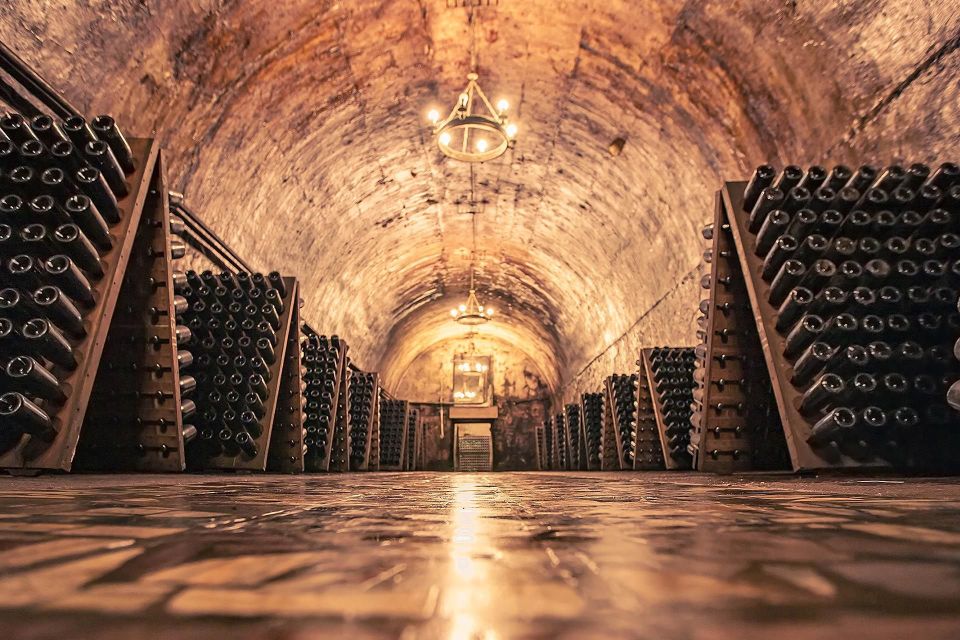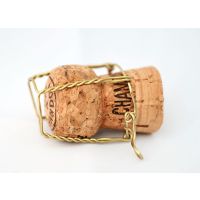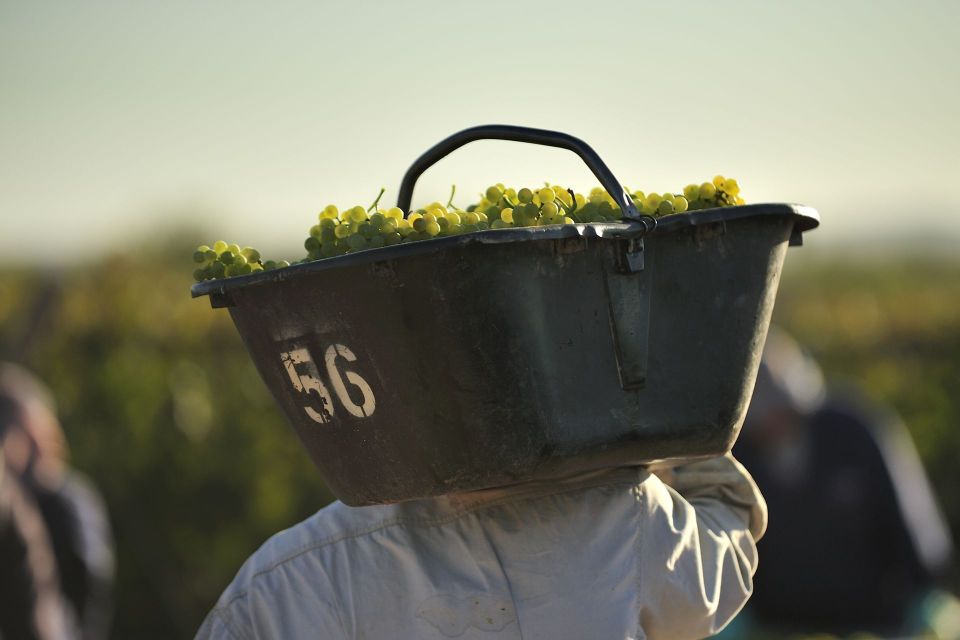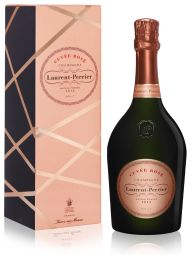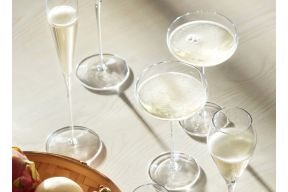You might be wondering, does Champagne go off? And, if so, how to store Champagne at home correctly? Whether it’s an anniversary, a work promotion, or an impromptu date night, Champagne makes any occasion a special one, so it's wise to keep a few bottles safely stored away. To keep your Champagne at its freshest and effervescent best, find out how to correctly store Champagne at home.
Table of Contents:
- Where should Champagne be stored?
- What is the ideal temperature to store Champagne?
- Should a Champagne bottle be stored on its side or upright?
- How long can Champagne be stored?
- How to tell if Champagne is off?
- Can you drink flat Champagne?
- Does Champagne get better with age?
- Conclusion
Where should Champagne be stored?
For short-term storage
How should Champagne be stored? Champagnes are aged to perfection before they’re released so they’re ready to be enjoyed straight away. When storing your Champagne short-term (up to a month), keep it upright and at room temperature. If you plan to open your Champagne within a couple of days, then it can be kept chilled in the fridge.
Critically, wherever you store your wine, make sure to keep it away from direct light and heat, and try to avoid temperature fluctuations.
For long-term storage
If you’re planning to store your Champagne for longer than a month, it's best to keep it in a cool, dark, humid environment – conditions that you would typically find in the cellars of Champagne houses.
“Lightstrike” is a particular risk with longer-term storage where excessive exposure to light can bleach the flavour of the wine. While humidity keeps the wine cool, it mustn’t exceed 60-70% otherwise mould could become a problem. Make sure to avoid wild temperature fluctuations too as shocks of heat and cold can spoil the wine.
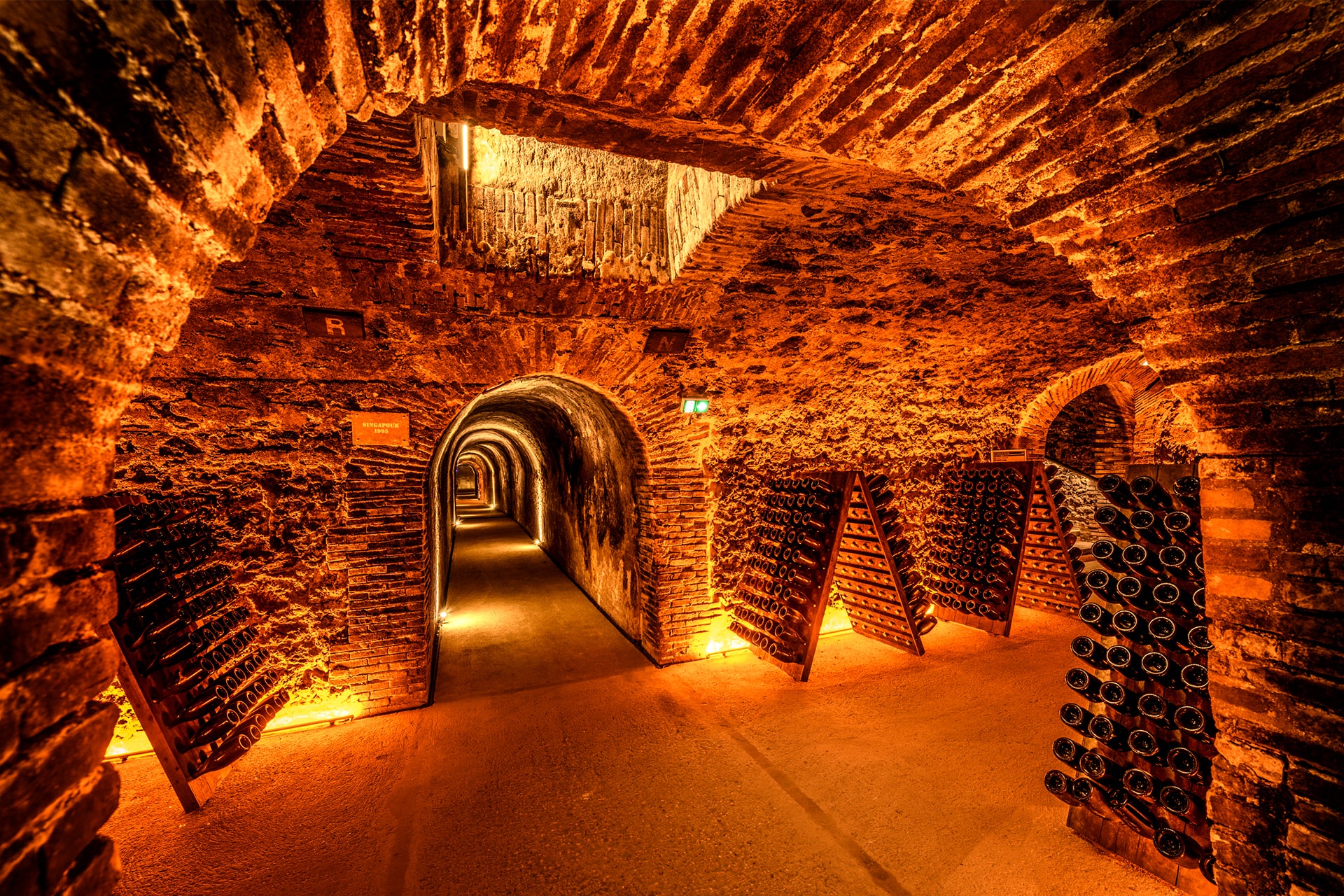
What is the ideal temperature to store Champagne?
For short-term storage
If storing Champagne very short-term (3-4 days), it can be kept in the fridge at 8-10 ºC. If Champagne is kept in the fridge any longer it risks the cork drying out and the wine spoiling. For anything up to a month, Champagne should be kept at room temperature and away from light.
For long-term storage
For longer-term storage, Champagne should be kept at a constant low ambient temperature, at around 10-13ºC. The consistency of temperature is key, so draughty rooms and heat shocks should be avoided at all costs.
Should a Champagne bottle be stored on its side or upright?
For short-term storage
Should Champagne be stored on its side? If you’re planning to open your Champagne within the month, then it's best to store your bottles upright. The pressure in the bottle is enough to keep the cork moist and the seal intact for short-term storage.
For long-term storage
How do you store Champagne long term? If you’re likely to be keeping your Champagne for longer than a month, most experts agree that sideways storage in a wine rack or cellar is best. This prevents the cork from drying out and keeps your Champagne perfectly sealed (although it’s worth mentioning there’s some debate as to whether sideways storage risks the cork tainting the flavour of the wine over time).
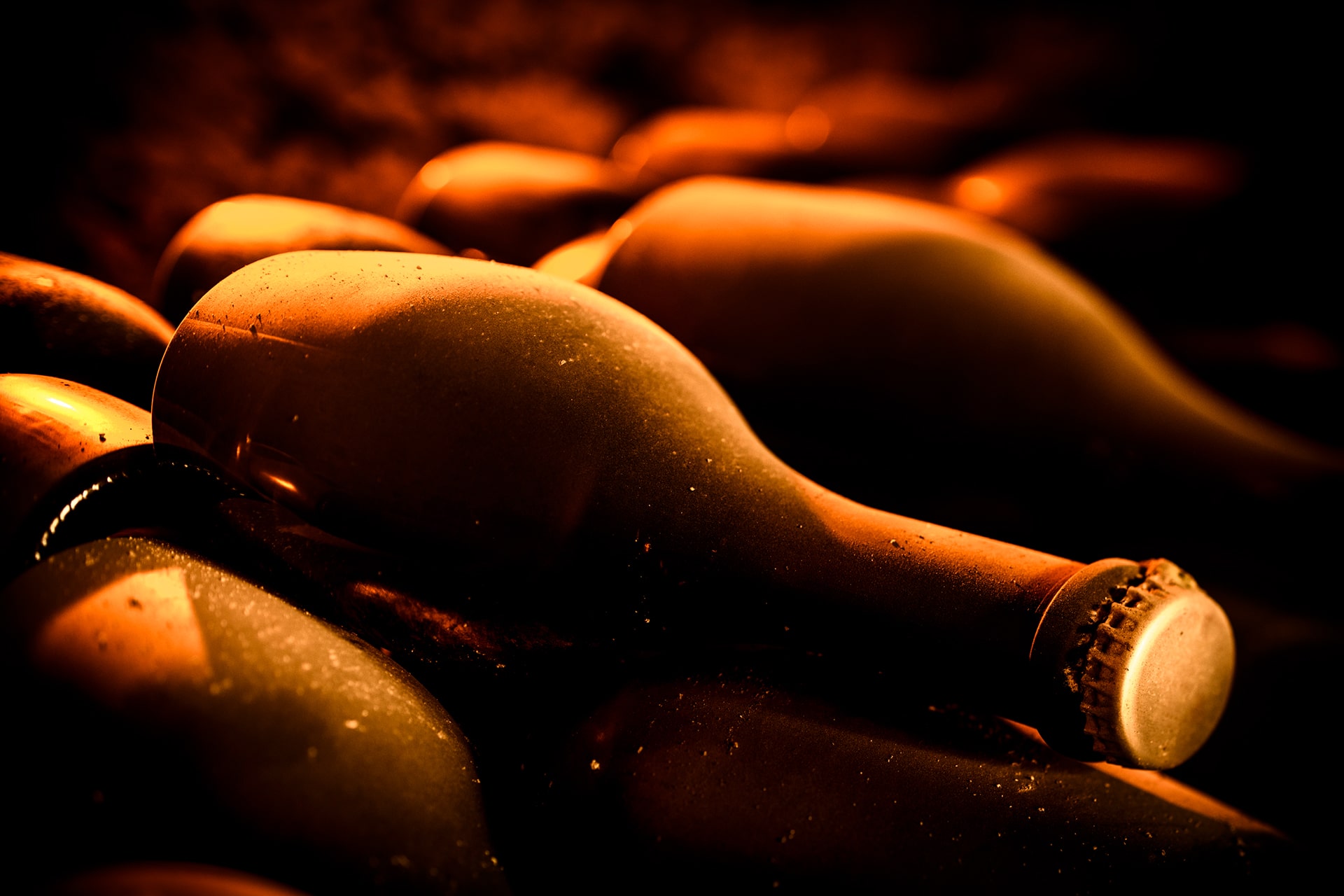
How long can Champagne be stored?
You might be wondering how long does Champagne last? Some of us like to enjoy our wines straight away while others like to savour and age our wines. It’s important to know how to store opened Champagne to get the best out of every glass.
When the Champagne bottle is opened
Champagne starts to lose its bubbles as soon as the bottle is opened. To retain as much fizz as possible it’s essential to keep the bottle cold. If you’re leaving an open bottle out to be consumed throughout the day, keep it chilled in a bucket of ice. If you plan to store it for longer, keep it in the fridge and use a hermetic cork (a hinged, airtight reusable cork) to stop Oxygen from getting in and flattening the wine.
If sealed and kept in the fridge, opened Champagne can keep its bubbles and stay relatively fresh for three to five days.
When the Champagne bottle is unopened
Providing you store it properly, great Champagnes can be kept safely for several years. As Champagnes age, they lose some of their effervescence, but devotees of aged wines enjoy the deeper, more complex taste.
As a general rule, vintage Champagne can be stored for five to ten years as the grapes come from one great vintage year and generally from superior vineyards. Non-vintage wines that are made from a blend of different vintages won’t last as long but can still be kept for three to four years.
While normal-sized bottles age very well at a moderate rate, experts consider a magnum of Champagne to be the optimum size for ageing. The ratio of wine to the surface area creates a slower and more even maturation of the wine and finer more delicate bubbles.
How to tell if Champagne is off?
There’s no easy way to tell if your Champagne has gone off without opening the bottle and tasting it. If you’ve stored the wine correctly, then the appearance, smell and taste can all indicate if the wine’s gone bad.
- Strange odour: A sour or vinegary smell can indicate off wine.
- Colour: A change to the wine’s colour, particularly a deeper yellow or gold colour suggests it might have gone bad.
- Sour and flat taste: Opened Champagne will lose its bubbles quickly, so if it appears flat, it’s likely the bottle hasn’t been effectively sealed and the wine has oxidised. A flat, sour, or sometimes mushroom-like taste is a good indicator of off wine.
- Chunky appearance: Clumps may start to form in the Champagne if it’s been contaminated, so a chunky appearance means the wine is spoiled.
- Dry or mouldy cork: A cork that’s dry, crumbly, or has any mould on it also suggests the wine might be contaminated.
Although off Champagne isn’t harmful to drink, it's most likely not very enjoyable. For most people, any suggestion of a spoiled wine would be just cause to opt for a new bottle.
Can you drink flat Champagne?
Champagne is best enjoyed chilled and freshly opened, when its unique aromas, taste, and delightful bubbles are at their finest – but as delicious as it is, you might sometimes find you have a little leftover.
Champagne that’s been left for a few days and is a bit old or flat is perfectly safe to drink. It may not be enjoyable to drink, especially if it’s gone bad and smells or tastes unpleasant, but rest assured that it won’t make you sick.
Does Champagne get better with age?
Although most of us naturally assume that wine gets better with age – and for a lot of still wines this is true – Champagne, as a general rule, doesn’t improve with ageing.
Champagne is aged by wine vintners before it's released so by the time it reaches the shelves of your local wine store it’s ready to be opened and enjoyed. Champagne starts to lose its bubbles and crispness over time and the flavour becomes richer, more sherry-like and complex. Although some enjoy these aged characteristics, it's not a taste that most find palatable or would seek out in Champagne.
Conclusion
Whether you like to keep one or two bottles ready for an impromptu celebration or are more of a Champagne connoisseur with a large wine collection, make the most out of every glass by storing your Champagne correctly. Bottle positioning, temperature, and where you store your Champagne are all important factors in keeping your wine light, fresh and sparkling for weeks, months or years to come.

